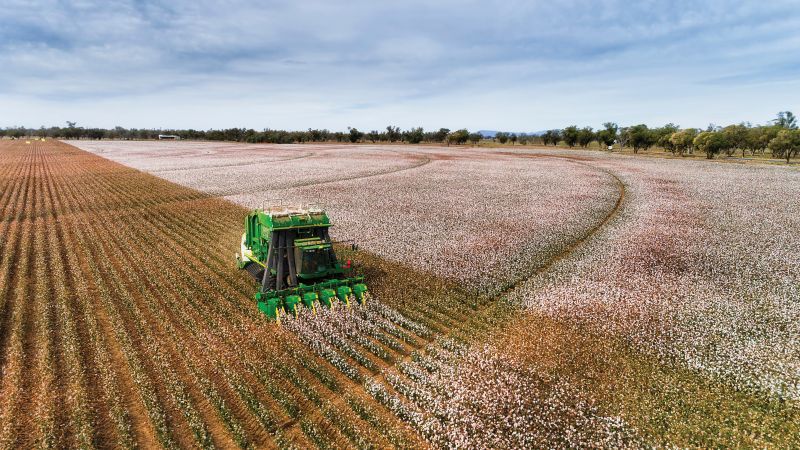Maintaining Strong, Cost-Effective Boll Weevil Protection
A program designed to guard against a pest that could devastate the South Carolina cotton crop is now less expensive and easier for the farmers whose crops it aims to protect.
In 2023, the per acre assessment charged to cotton growers to fund the South Carolina Boll Weevil Eradication Program was reduced to $1.25 from $1.75 and could save the state’s cotton growers an estimated $132,234 in just one year, based on 2022 acres grown in the state. Cost savings from the modified program will be passed along to growers over subsequent years.
“Any time we can save farmers money without reducing the effectiveness of our programs, we’re going to do that,” says Steven Long, Director of Clemson’s Department of Plant Industry.
In addition to the reduced fee, the state will participate in a new pilot program designed to reduce the trapping footprint without lessening the program’s effectiveness of the program.
“The new protocol will slightly reduce the number of traps but maintain enough proximity to cotton fields and still be an effective monitoring program,” says Jeremy Greene, Clemson Research and Extension Entomologist. “Traps will be put in easily accessible areas. The time traps are in the field and checked will be reduced a little, but that difference should not change the effectiveness of the program.”
South Carolina is part of Southeastern Boll Weevil Eradication Foundation (SEBWEF), which includes South Carolina, Florida, Alabama, Mississippi, Tennessee, Missouri, North Carolina, and Virginia.
Prolific Spreaders
Greene notes that the insect still infests cotton at the southern tip of Texas, as well as Mexico, Central America, and South America, and needs to be taken seriously.
“The boll weevil is the most devastating insect pest of cotton,” he says. “Profitable production of cotton in the U.S. is not possible with the pest broadly infesting the crop. We must keep monitoring and fighting this pest at any buffer zone — currently the southern tip of Texas — where the insect still occurs.”
Drake Perrow, a partner in Perrow Farms, which grows cotton, peanuts, and corn in the Cameron Community, remembers when the boll weevil was wreaking havoc in cotton fields throughout the Southeast and South Carolina, and farmers had to spray pesticides 20 times per year.
“When I started scouting cotton, boll weevils were the biggest challenge to growing cotton,” he recalls. “You would walk down the middles of the rows and see dead squares that had fallen off everywhere. Those squares had been damaged, and the females had laid their egg in that square. In most cases, once cotton started putting on squares, farmers were spraying every five days. And even spraying that often, many would still escape.”
While the boll weevil has been beaten back to two counties in South Texas, Perrow worries that it wouldn’t take much for the pest to be reintroduced to South Carolina.
“If a producer bought a cotton picker from that area, there could be some weevils catching a ride,” he cautions. “We have rules that any piece of equipment coming into this state be cleaned and disinfected, so that should not happen. It did happen once, and it took three years to eradicate a small area.
“My biggest concern is we have a new generation of cotton farmers who have never seen a live weevil and surely have not seen the devastation they can do.”









